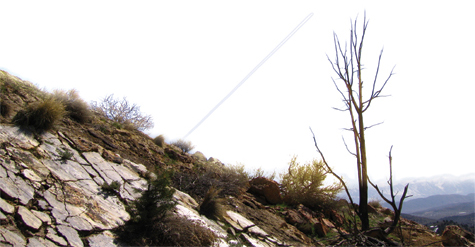| As the need for traffic surveillance expands over areas not presently covered by conventional secondary radar, many ANSPs are taking advantage of the cost benefits of multilateration versus new radar installations. In wide area multilateration (WAM), the stations are spread much further apart, at distances of up to 100 km between each other. Installations in Tasmania and the Czech Republic are typical, but the same economic imperatives have seen wide area installations planned for Colorado, The North Sea, Taiwan and East Midlands. In such locations, multilateration provides superior range over secondary radar, more accurate tracking, significantly lower costs, and significantly earlier operational readiness following contract award. On the other hand, multilateration has also been chosen in situations where an existing “legacy” secondary radar has had to be replaced. In Armenia, for example, cost and performance analyses showed the clear advantages of multilateration over replacing the earlier secondary radar, and the wide area solution was chosen. In addition, in the North Sea, between the UK and northern Europe and Scandinavia, the small, lightweight and low powered multilateration units will be mounted on offshore drilling platforms to provide “better than radar” performance down to the surface, in locations where secondary radar would have been impractical. | |  |

